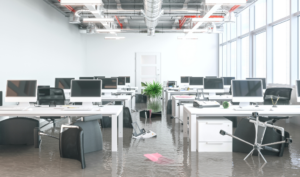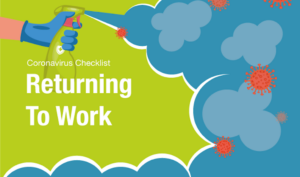
Workforce Engagement is Sinking. How Can You Turn the Tide?
Have you noticed that workforce engagement and motivation are slipping? You’re not the only one. In April, Gallup confirmed that U.S. workforce engagement declined from

Have you noticed that workforce engagement and motivation are slipping? You’re not the only one. In April, Gallup confirmed that U.S. workforce engagement declined from

Few global events have dramatically transformed the world of work as the COVID-19 crisis. Perhaps the most critical issue to the modern workforce, its impact

Since the coronavirus pandemic began, one question has been on everyone’s minds: When can we go back to normal? Of course, many areas are seeing

Once upon a time, we assembled around the office coffee machine to discuss what antics happened over the weekend. Now, of course, COVID-19 has wholly